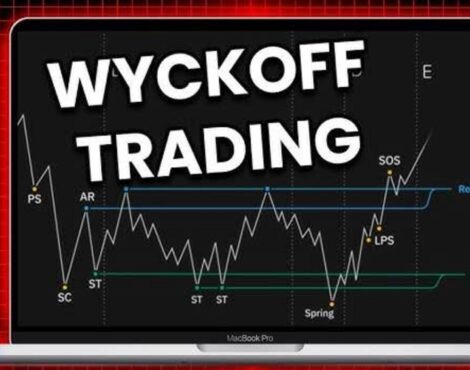Position trading is a trading strategy that involves holding onto investments for an extended period, typically ranging from several months to several years. Unlike day trading or swing trading, position trading focuses on long-term trends rather than short-term price fluctuations. This approach allows traders to capture larger market moves and potentially generate higher returns over time.
What is Position Trading?

Position trading involves taking a position in a security and holding onto it for an extended period, taking advantage of long-term trends and fundamental factors. This strategy requires patience and discipline, as it may take months or even years for a trade to reach its full potential. Position traders often use a combination of technical analysis, fundamental analysis, and market research to make well-informed decisions about their investments.
Benefits of Long-Term Trading

There are several benefits to long-term position trading. One of the main advantages is that it reduces the impact of short-term market volatility and noise, allowing investors to focus on the big picture and long-term trends. Long-term positions also require less active monitoring and trading, which can lead to lower transaction costs and less stress for traders. Additionally, holding onto investments for an extended period may result in larger profits as trends play out over time.
Strategies for Success

To succeed in long-term position trading, it is essential to have a well-defined strategy and stick to it. Some key strategies for success include identifying high-probability trade setups, setting realistic profit targets and stop-loss levels, and managing risk effectively. It is also important to continuously assess market conditions and adjust your positions accordingly to stay ahead of changing trends.
Understanding Market Trends

One of the critical components of position trading is understanding market trends and identifying potential opportunities for long-term investments. This requires thorough research and analysis of market data, economic indicators, and geopolitical events that could impact asset prices. By staying informed and keeping an eye on long-term trends, position traders can make informed decisions about when to enter and exit trades.
Tools and Resources

Position traders can utilize a variety of tools and resources to help them make informed decisions about their investments. Some essential tools include technical analysis software, economic calendars, and news sources that provide up-to-date information on market conditions. Additionally, traders can benefit from online trading platforms that offer advanced charting tools, real-time data, and trade execution capabilities to streamline their trading process.
Risk Management Techniques

Risk management is a crucial aspect of long-term position trading, as it helps traders protect their capital and minimize potential losses. Some key risk management techniques include diversifying your portfolio, setting stop-loss orders to limit losses, and using proper position sizing to ensure that no single trade has a significant impact on your overall portfolio. By implementing risk management strategies, position traders can improve their chances of long-term success in the market.
Comparison Table
| Day Trading | Position Trading | Swing Trading |
|---|---|---|
| Short-term focus | Long-term focus | Mid-term focus |
| Requires active monitoring | Requires less monitoring | Requires moderate monitoring |
| High risk, high reward | Moderate risk, moderate reward | Moderate risk, moderate reward |
In conclusion, position trading in the long term can be a rewarding strategy for investors looking to capitalize on market trends and generate substantial returns over time. By understanding market trends, utilizing the right tools and resources, and implementing effective risk management techniques, traders can increase their chances of success in the long term. Position trading requires patience, discipline, and a long-term perspective, but the potential rewards can be well worth the effort.



